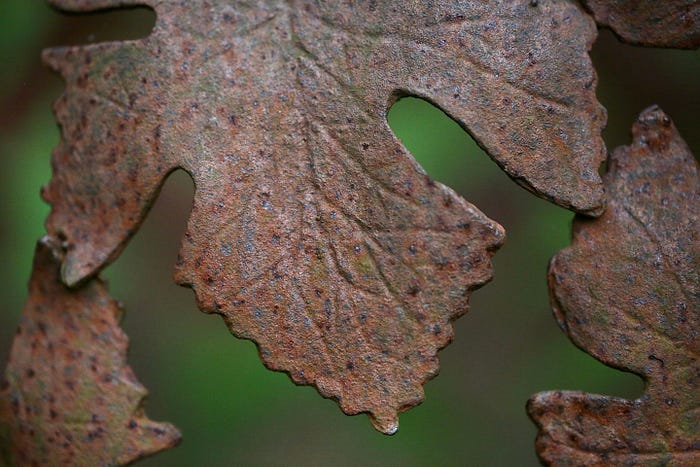The Evolution of Earth's Oxygen: A Comprehensive Overview
Written on
Chapter 1: The Birth of Oxygen in Earth's Atmosphere
How did our planet's atmosphere become rich in oxygen? This inquiry takes us back through time, marking the beginning of our exploration into the history of Earth.

Section 1.1: The Role of Cyanobacteria
Cyanobacteria had the potential to significantly alter the atmosphere but ultimately fell short of expectations. For an extensive period of 300 million years, from 2.7 to 2.4 billion years ago, these microorganisms released large amounts of oxygen, yet its impact was minimal.
So, where did all this oxygen go?
It wasn’t present in the atmosphere, which remained at a mere 0.001% of current oxygen levels since cyanobacteria first emerged.
Section 1.2: A Brief Look at Iron
The answer lies in iron. There are two primary forms of iron found in nature: ferrous iron and ferric iron.
To differentiate them:
- Ferrous Iron: This type forms in the absence of oxygen and is soluble in water, often used in supplements for treating anemia.
- Ferric Iron: In contrast, this form is created when oxygen is present and is insoluble in water. The reaction between iron and oxygen results in rust.
The deep oceans during the Archaean Eon were saturated with ferrous iron from hydrothermal vents. With no oxygen to react, this ferrous iron remained dissolved in the water.
However, surface waters were changing due to cyanobacteria, which were contributing to the increasing levels of oxygen. As deep ocean currents brought ferrous iron to these oxygen-rich areas, a reaction occurred, converting it to ferric oxide—hence, the birth of rusty seas.
Subsection 1.2.1: Geological Evidence of Rust
For a span of 300 million years, the oxygen generated by cyanobacteria resulted in the formation of rust. Geological evidence supports this, found in Banded Iron Formations—layers of iron-rich sedimentary rocks dating back around 2.5 billion years. An equilibrium existed: cyanobacteria produced oxygen, which formed iron oxide, leading to the creation of Banded Iron Formations.
Section 1.3: Shifts in the Equilibrium
What triggered the change in this equilibrium? One hypothesis ties it to the movements of tectonic plates during the late Archaean Eon.
From 3.0 to 2.5 billion years ago, the volume of continental crust surged from 20% to 80% of modern levels, leading to the formation of new granites on land. This increase caused more erosion, which in turn washed more nutrients—especially phosphorus—into the oceans.
As a result, cyanobacteria flourished in what we might now refer to as an "algal bloom," producing more oxygen than could be absorbed by iron, finally allowing "free" oxygen to enter the atmosphere.
Chapter 2: The Great Oxygenation Event
The Great Oxygenation Event had commenced, driven by a synergy of geological and biological factors.
Though oxygen levels were still likely around 1% of what we experience today, an irreversible process had begun, marking the transition from the Archean Eon to the Proterozoic.
Was this development beneficial? Unfortunately, it was not.
This video titled History of Oxygen delves deeper into the evolution of oxygen in Earth's history, exploring its significance and impact over time.
In the video Where does all our oxygen come from?, viewers can discover the sources and processes that contribute to the oxygen we breathe today.
This piece is Part 23 in a comprehensive series of 50, documenting a 100-million-year period in Earth's history. For more insights, feel free to explore Part 22: VIRUS or Part 24: GLACIATION.